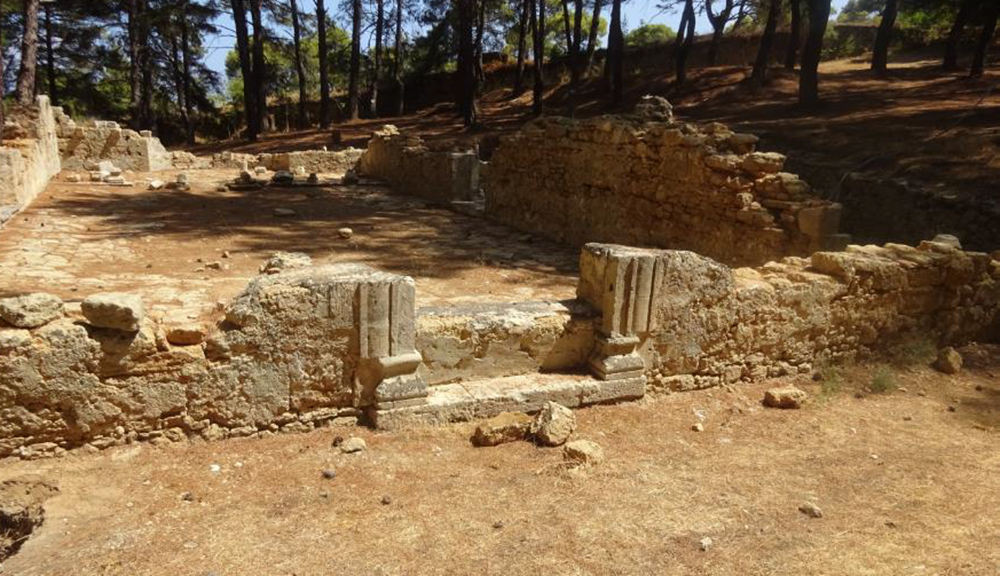
The Ministry of Culture, as part of the overall aesthetic and functional upgrade of archaeological sites, is proceeding with the restoration of the surviving sections of the stone-paved paths and the creation of a new tour network to facilitate visitor movement within the Castle of Zakynthos. The study, which was approved by the Central Archaeological Council, aims to highlight the site’s monumental heritage, the completion of the monument restoration project, which is being carried out by the Directorate for the Restoration of Byzantine and Post-Byzantine Monuments, as well as universal accessibility for people with disabilities and people with reduced mobility in general.
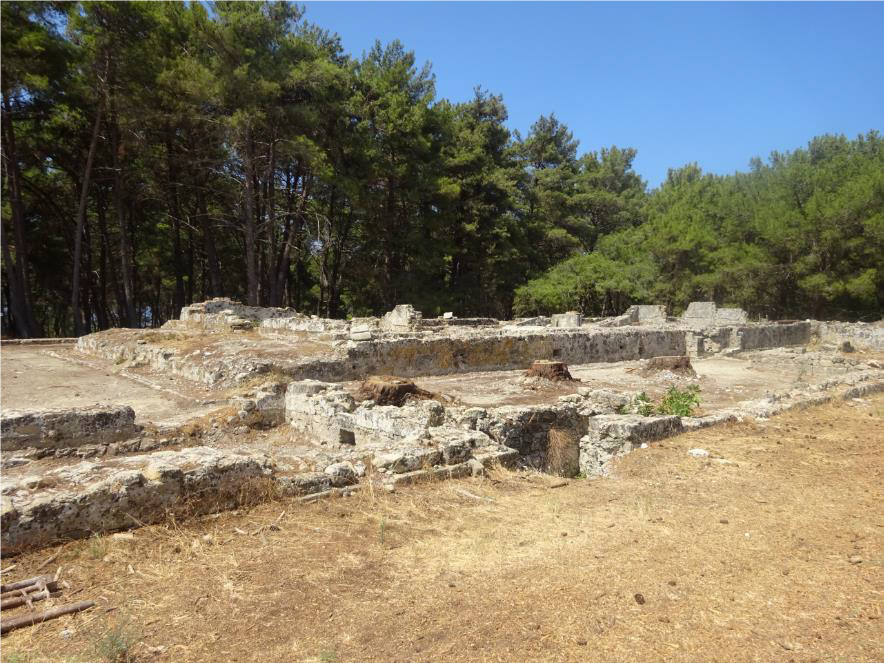
The routes are laid out in accordance with current legislation for outdoor public spaces, with the permitted gradients. Where the terrain does not allow it, lifts will be installed. This will ensure access to almost all monuments, squares, event venues, and the refreshment area, which is located at the highest point of the site.
As stated by Minister of Culture Lina Mendoni: “The Ministry of Culture is moving forward with the improvement and expansion of the tour routes of the archaeological site of Zakynthos Castle, an iconic landmark that attracts a large number of visitors, especially during the summer months. The Venetian Castle of Zakynthos is located at the top of Bohali Hill, at an altitude of 145 m, above the current capital of the island. It covers approximately 5,000 acres and was the administrative center of the island during the Venetian occupation, hosting the seat of the Venetian governor, officials, and the Council of Nobles. Our goal is to highlight the monumental heritage inside the Castle, while ensuring universal and unimpeded access for all visitors, including people with disabilities and those with limited mobility. The creation of a new network of routes allows visitors to become more familiar with the Castle, extends their stay, and enhances the overall experience of their visit. With these interventions, we are enhancing the attractiveness of Zakynthos Castle as a cultural destination, while also boosting the tourist product of Zakynthos and the wider region.”

Excavations have brought to light remains from various periods, from antiquity to British rule, documenting that the acropolis of Psophis existed on this site as early as the 5th century BC. During Venetian rule, the castle was a powerful strategic fortress, especially after the fall of Navarino, Methoni, and Koroni (1500). The Venetians invested significant resources in strengthening the fortifications and restoring public buildings, such as granaries, powder magazines, administrative buildings, and military installations. Over the centuries, powerful earthquakes (1513, 1521, 1554, and especially 1953) destroyed parts of the walls and buildings, gradually leading to the desertion of the castle. Today, Zakynthos Castle is one of the most important monuments in the Ionian Islands, combining unique historical significance with impressive views of the city and the sea.

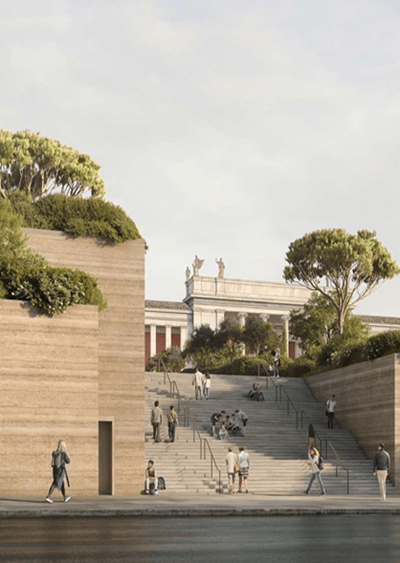
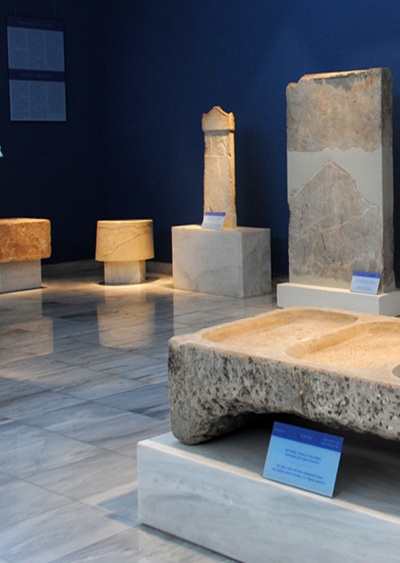

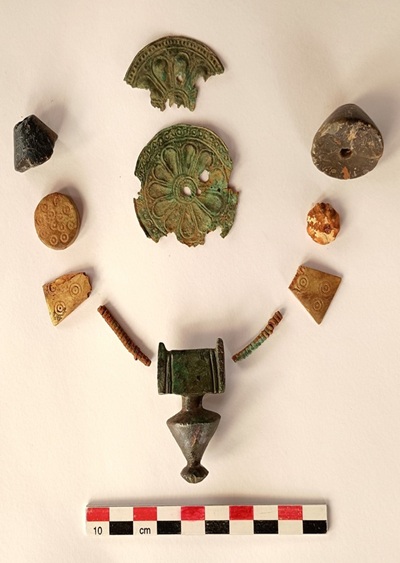


Leave A Comment